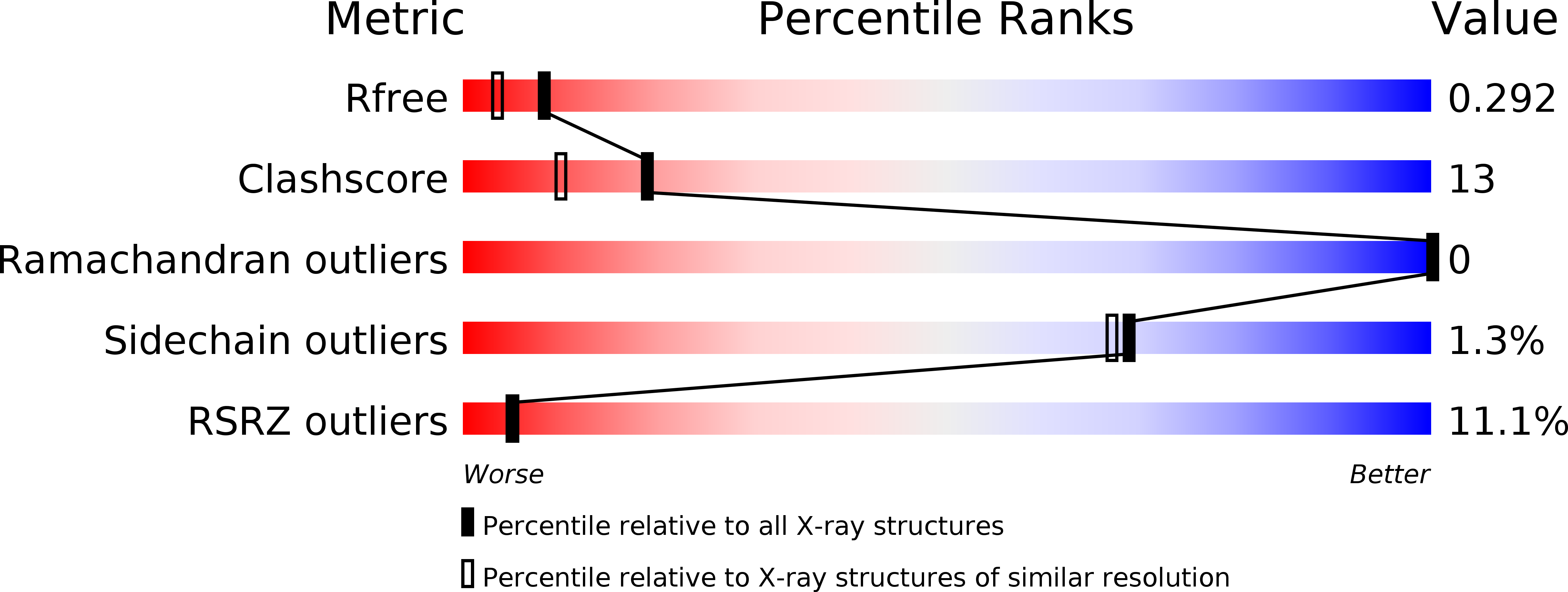
Deposition Date
2012-05-18
Release Date
2013-04-10
Last Version Date
2023-09-13
Entry Detail
PDB ID:
4F95
Keywords:
Title:
Crystal structure of human inosine triphosphate pyrophosphatase P32T variant
Biological Source:
Source Organism:
Homo sapiens (Taxon ID: 9606)
Host Organism:
Method Details:
Experimental Method:
Resolution:
2.07 Å
R-Value Free:
0.30
R-Value Work:
0.23
R-Value Observed:
0.23
Space Group:
P 21 21 2


